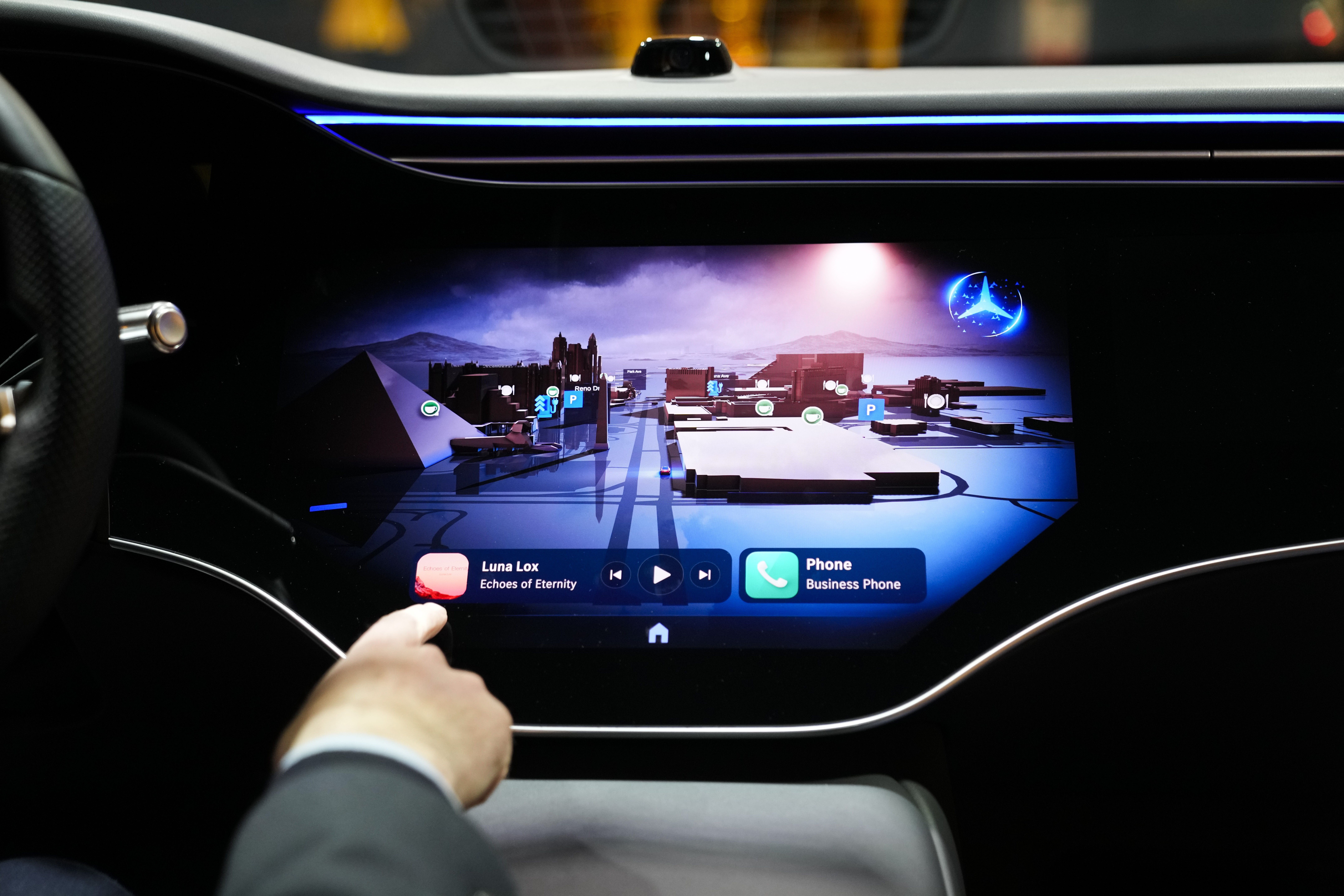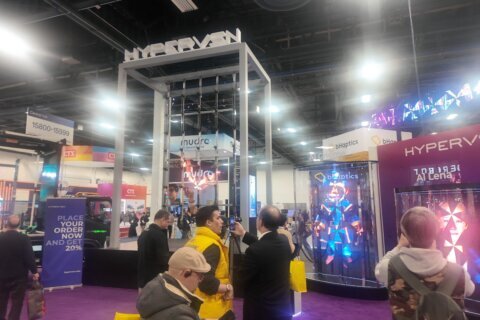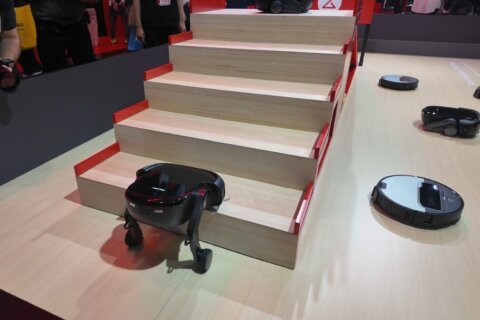
As Congress debates a bill that would require new cars to be built with AM radios, we’re getting a sense of how new technology will affect the relationship between a commuter and their car radio.
Some things won’t change, says Gary Shapiro, CEO of the Consumer Technology Association.
“Audio is a very warm environment,” Shapiro said. “It conveys emotion, immediacy and intimacy. And that’s not going to change.”
Shapiro, who testified before Congress that it was inappropriate for lawmakers to mandate the inclusion of AM radios in new cars, is able to look down the road toward how drivers will be able to interact with their internet-connected cars.
In some cases, the future is already here. “If you want to listen to WTOP, you say, ‘play WTOP,’ and you get it,” Shapiro said, referring to voice commands.
Streaming is continuing to improve.
“We’re seeing artificial intelligence make a difference, with large language model innovation, which is personalizing digital listening at the individual level,” Shapiro said. AI-based DJs can figure out what songs you’re in the mood to hear, “which analyzes the user situation and emotions, and enhances the driver music experience — it’s pretty cool.”
And, it’s not just audio.
“Just last week, my wife got her long-awaited new car, and there’s a screen on the passenger side, in the front row,” Shapiro said. “They have their own screen, that cannot be seen by the driver.”
Shapiro said “screenification” is a future focus for carmakers.
“There’s displays with more information, and it’s not just for drivers, it’s for passengers,” he explained.
Passengers will even have different interactive screens than the driver.
“Passengers can watch movies, they can do all sorts of things. They can be distracted. A driver can’t. So, the driver is more of a curated experience, that’s limited to safety information,” Shapiro said.
He outlined how the technology will continue to change, “especially as we go to self-driving cars more and more, where the car will be an environment where you can do almost anything you want in it.”
In fact, Shapiro envisions a day when the driver’s role in a commute will be minimized.
“The reality is, the driving experience will change,” he said. “So, it’ll be less driving, and more of an ability, at some point, to watch video and just take over, if something goes wrong with the car.”
Shapiro predicts safety equipment and interactivity will continue to improve until drivers won’t be able to steer, even if they wanted to.
“Cars will be built so a driver can’t even take over, which will save a tremendous amount of money when you buy a new car, because you won’t need all that stuff in there,” Shapiro said.
Get breaking news and daily headlines delivered to your email inbox by signing up here.
© 2024 WTOP. All Rights Reserved. This website is not intended for users located within the European Economic Area.








